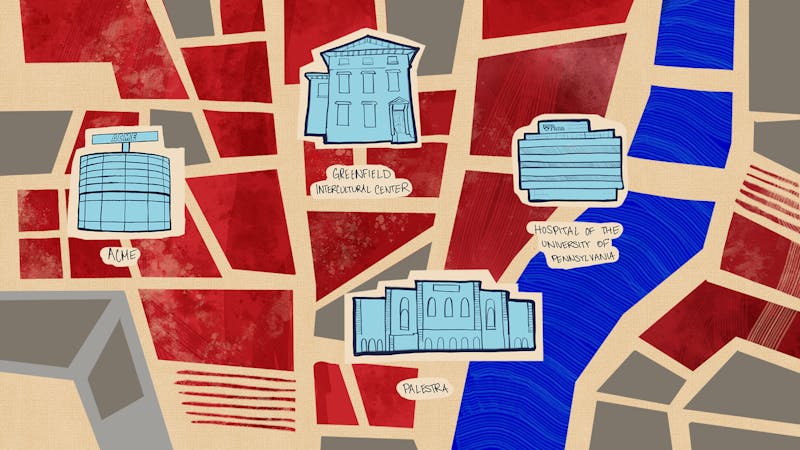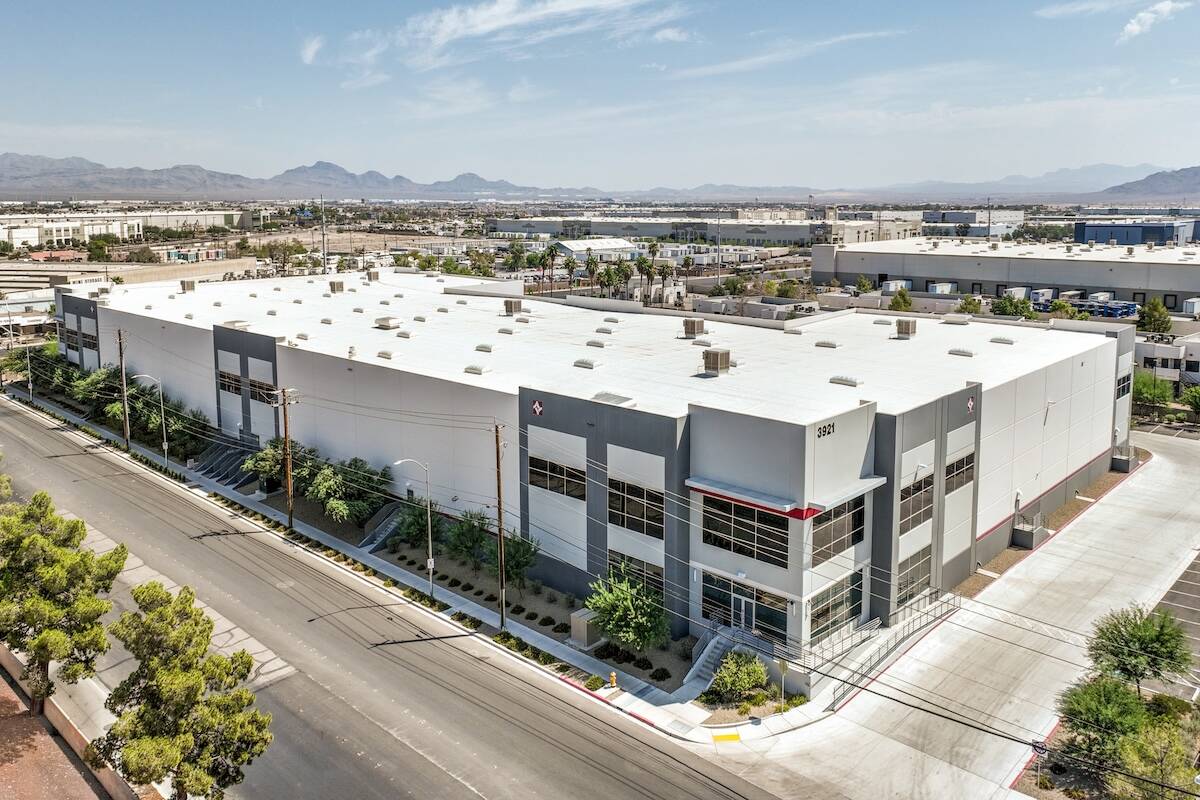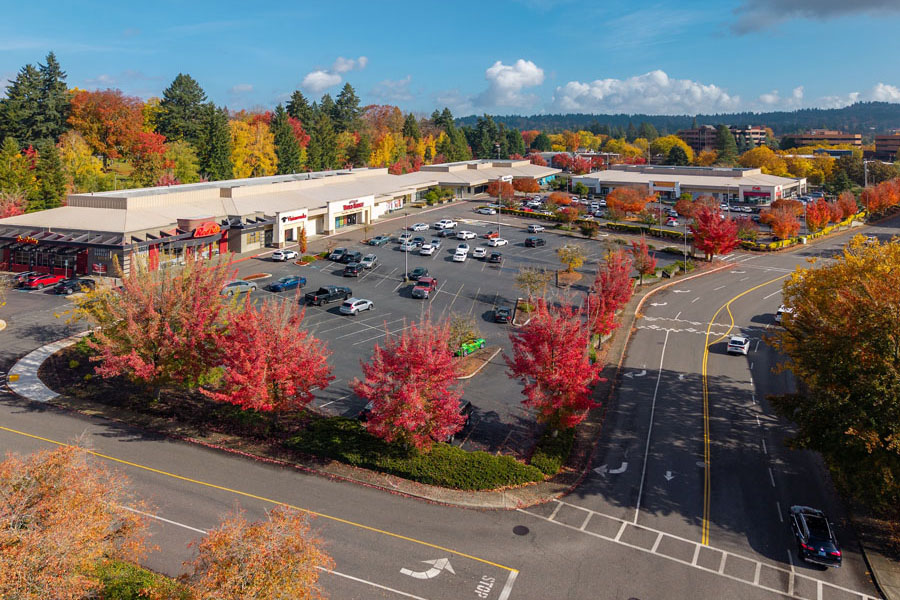T
he University of Pennsylvania's Trustees own over $3.3 billion worth of real estate in University City, making them the largest educational institution in the area with such holdings. This figure is based on an analysis by The Daily Pennsylvanian of city property records and includes buildings on campus, health system facilities, properties around the city, and off-campus houses traditionally leased by students.
According to Penn's fiscal year 2024 financial report, the net book value of their facilities, excluding Health System properties, is closer to $3.9 billion. However, a delay in updating city records may have contributed to this discrepancy, as evidenced by the absence of Gutmann College House from the city's website.
The Trustees are listed as owners on the deed for around 185 properties within Penn's campus map, surpassing Drexel University and the University of the Sciences in terms of real estate holdings. The University City Science Center owns six properties, while CHOP facilities account for several high-value properties.
Penn's development strategy has shifted from being a developer to being landowners, with the university now leasing land to third-party owners who invest in development. This approach is exemplified by their involvement with Domus Apartments and other projects.
The highest-valued property within Penn's campus map is Brandywine Realty Trust's Philadelphia campus, worth over $370 million. The University Trustees own several properties off-campus, including those affiliated with Penn Medicine, which have a total value of nearly $488 million.
Approximately 65% of the University Trustees' individual properties are off-campus and unaffiliated with university facilities. This has led to criticism regarding Penn's impact on surrounding lower-income communities, particularly in the area formerly known as Philadelphia's Black Bottom.
The university's approach to real estate may change due to recent developments, including a potential shift towards prioritizing replacements for buildings requiring reinvestment of resources over growing campus itself.















